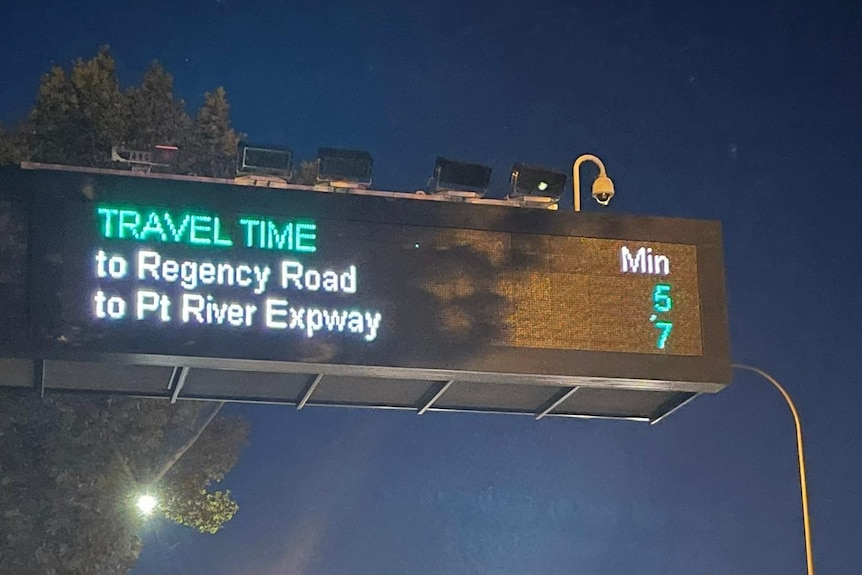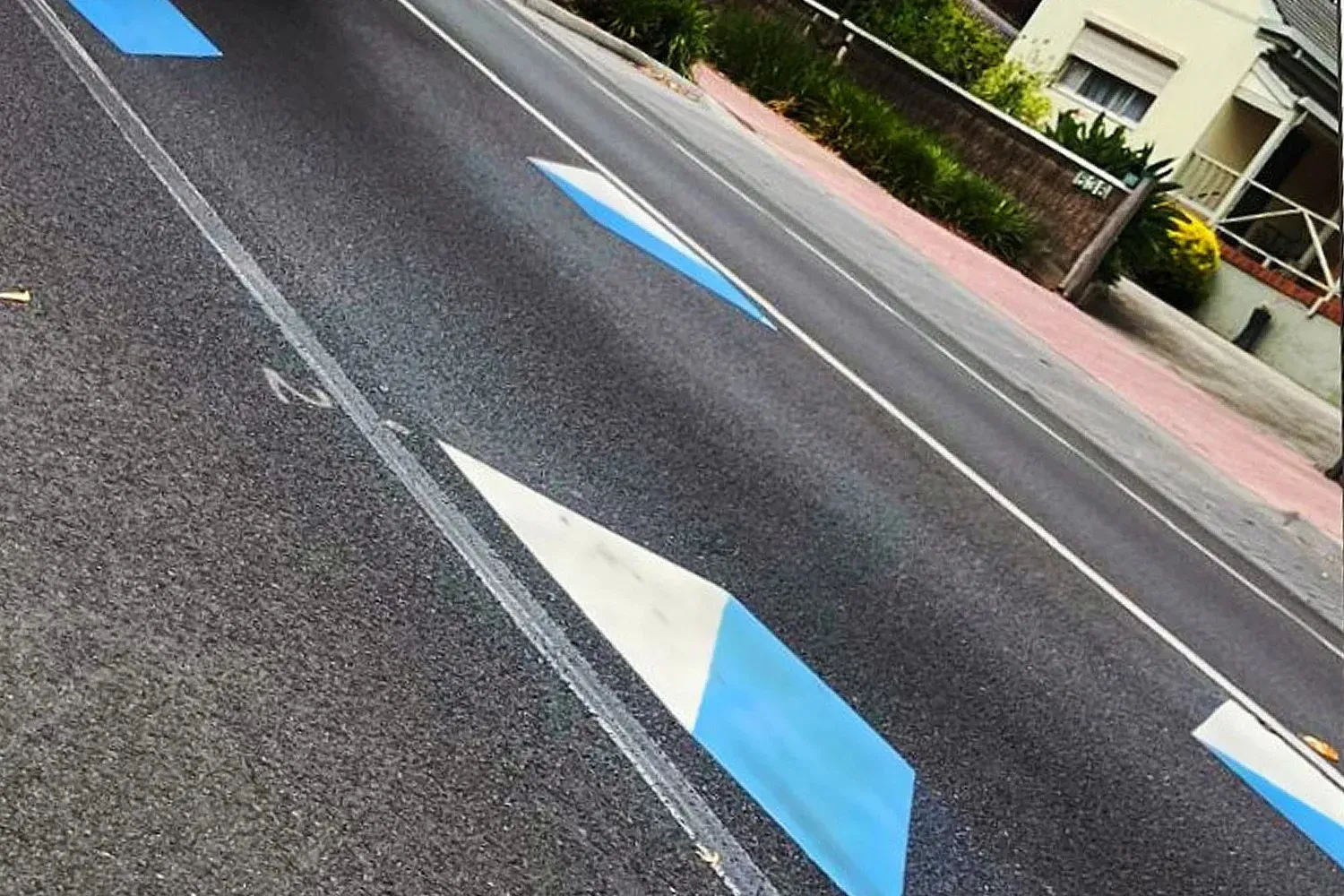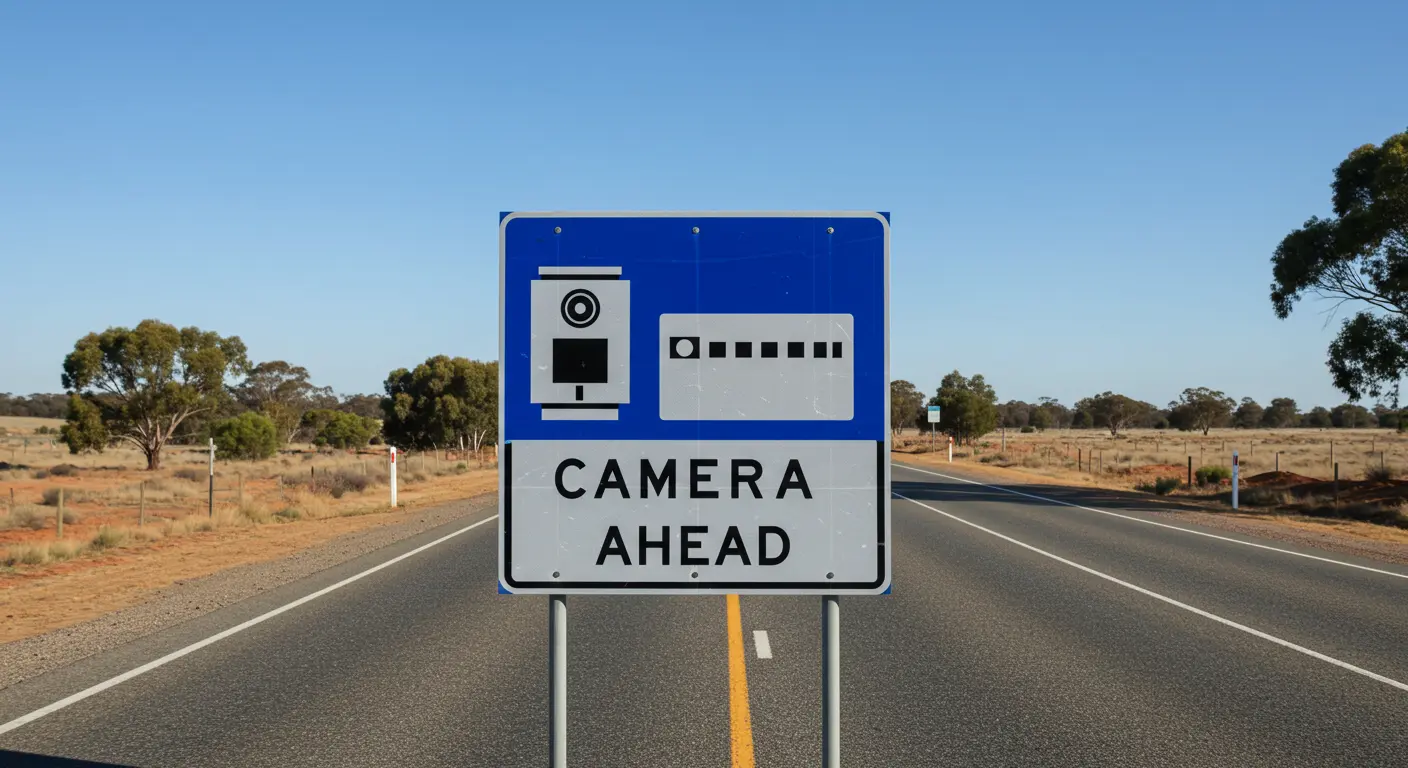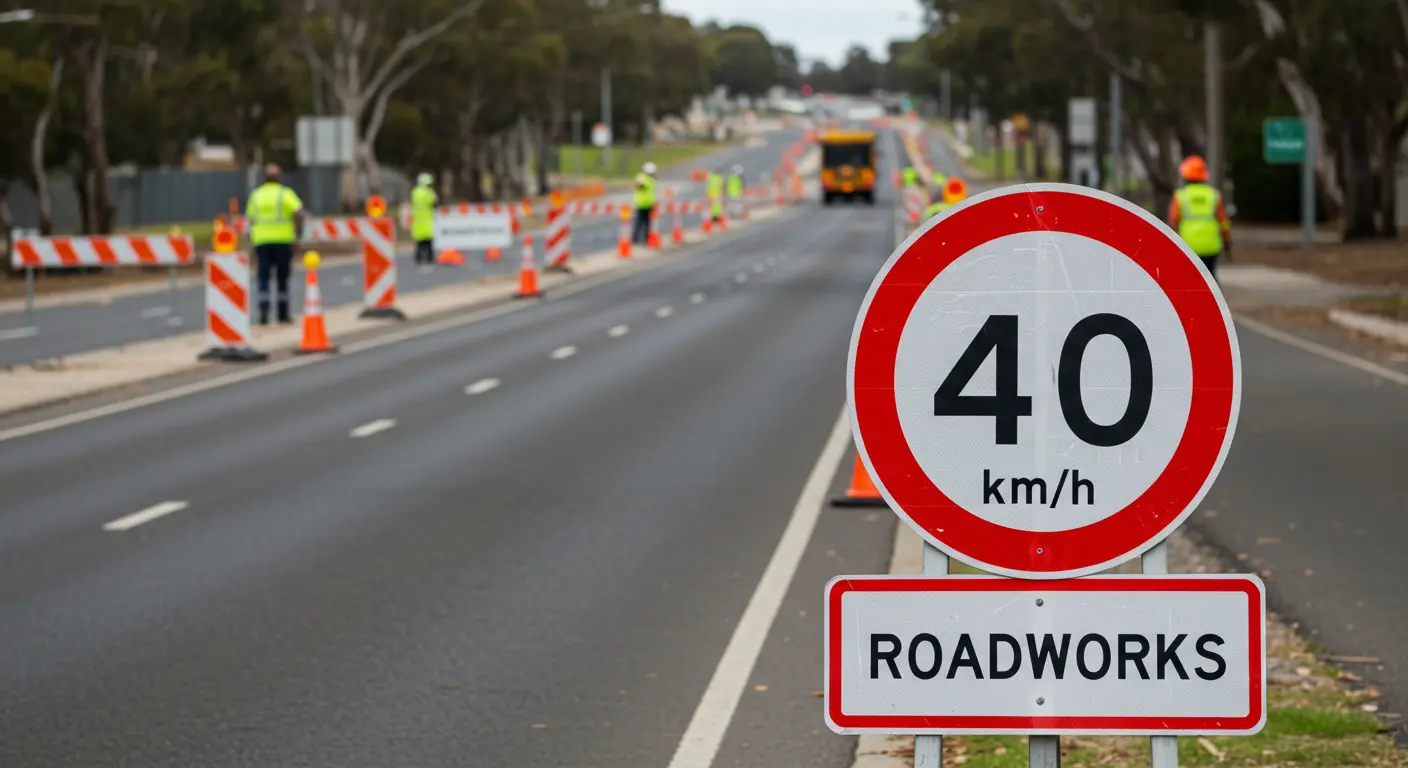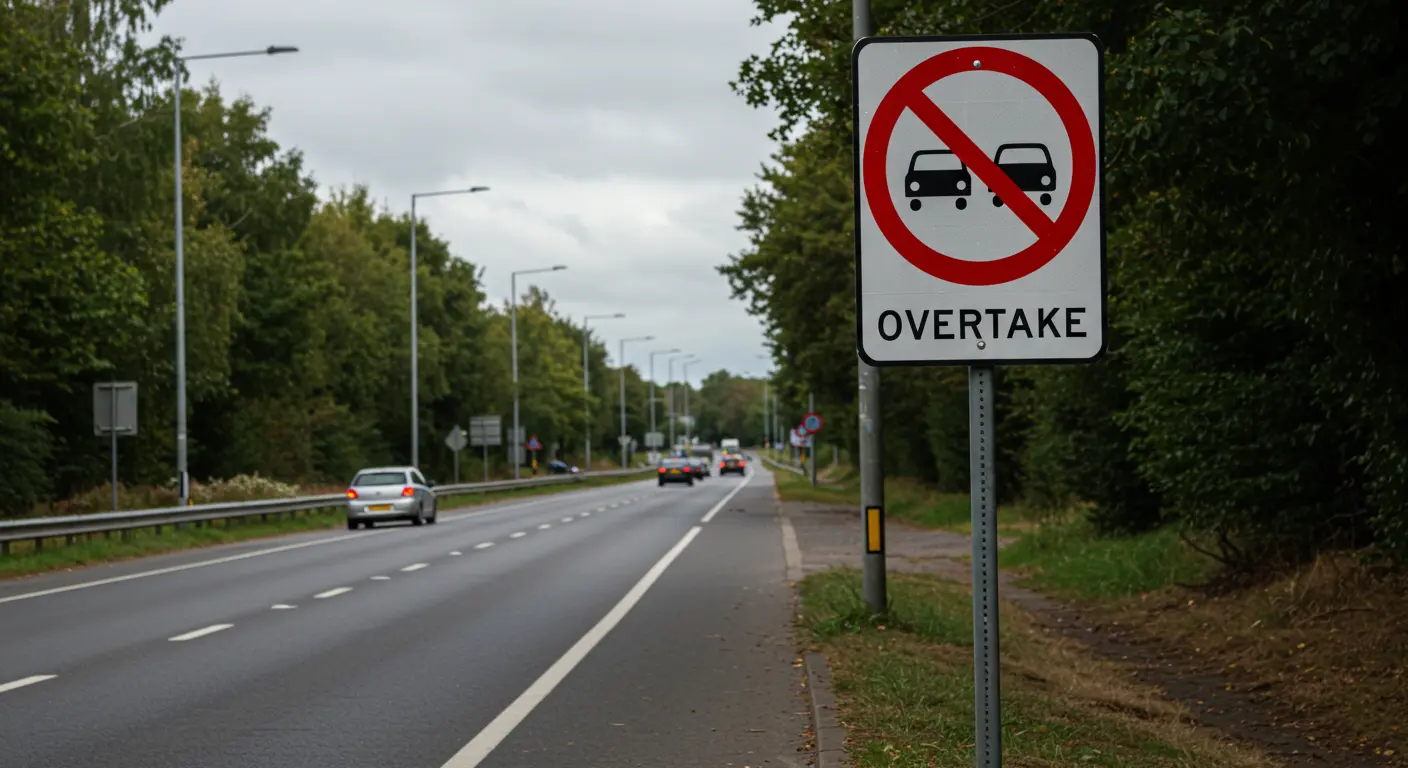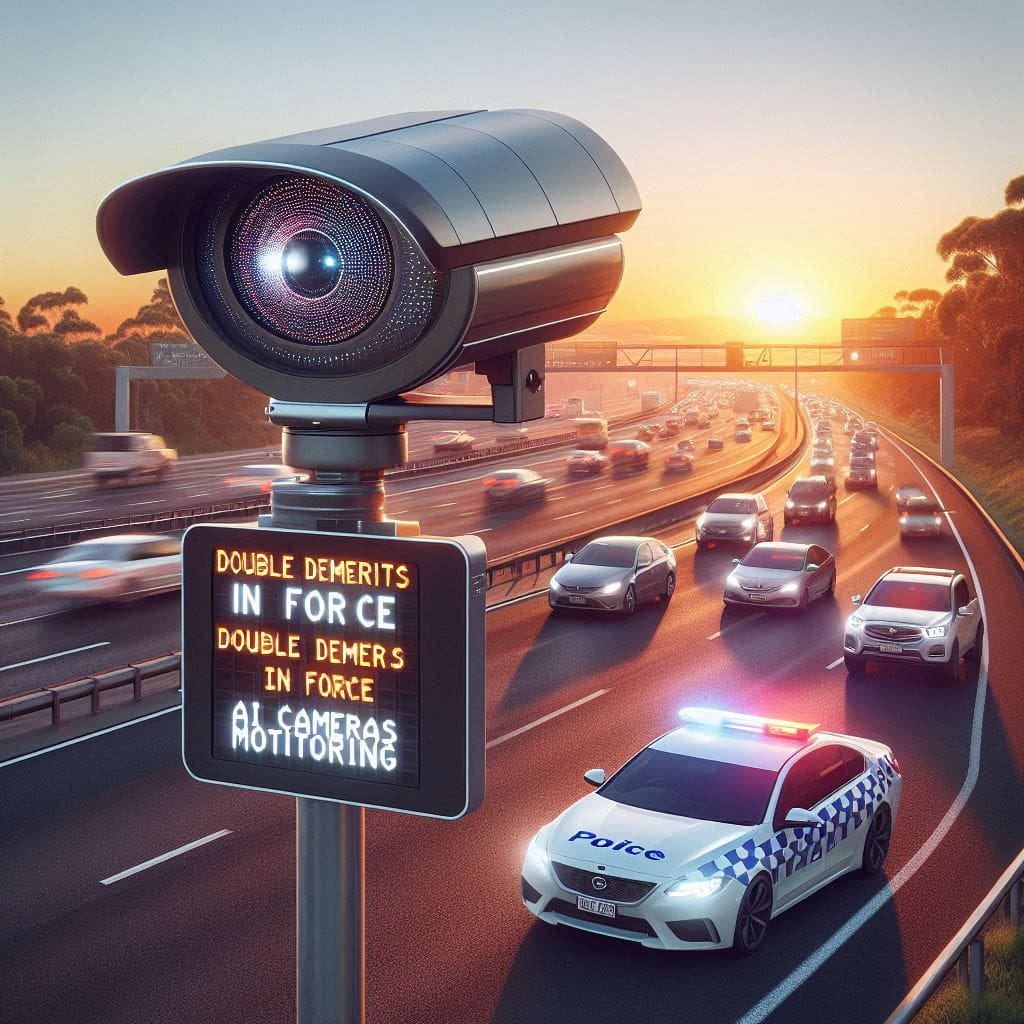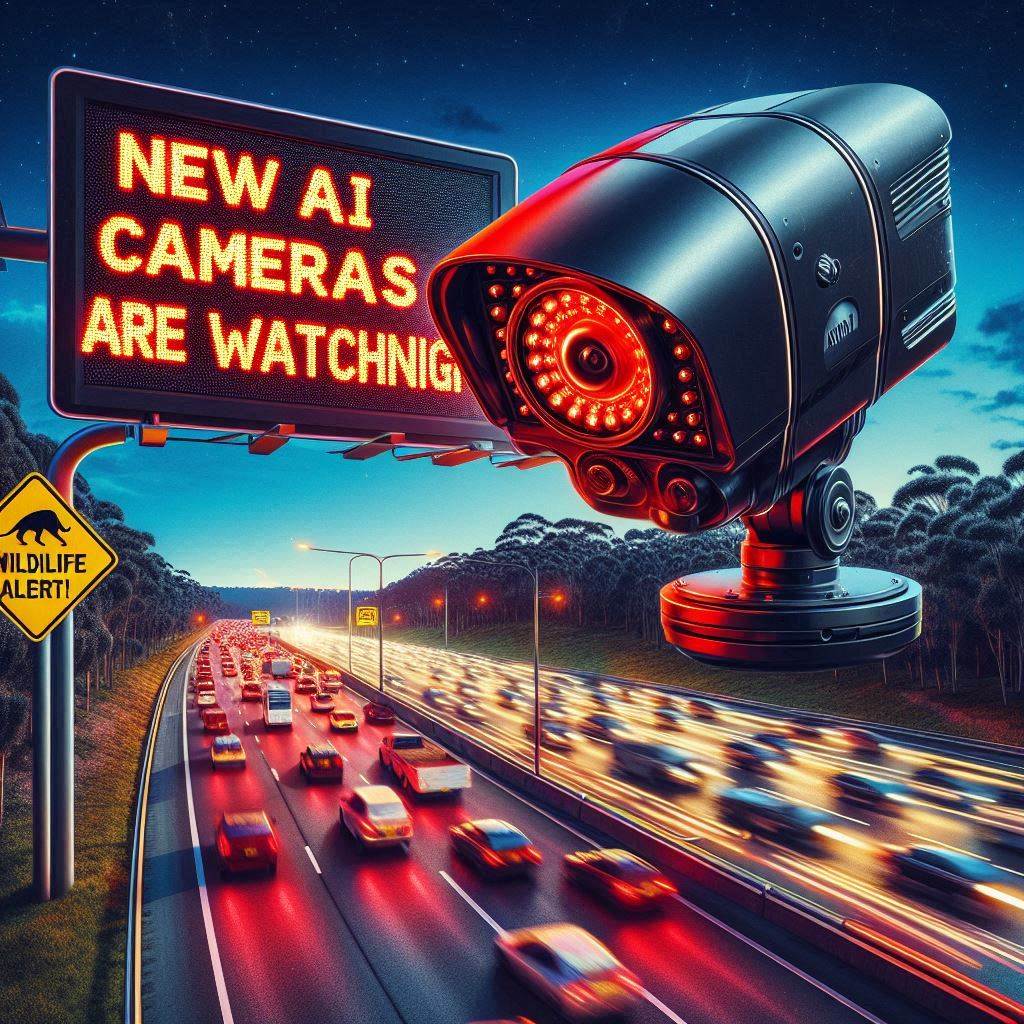Drivers in South Australia are encountering new 3D road markings, designed to enhance road safety by visually alerting motorists to slow down. The markings, known as dragon’s teeth, have been introduced as part of a University of Adelaide study in collaboration with the Department of Infrastructure and Transport.
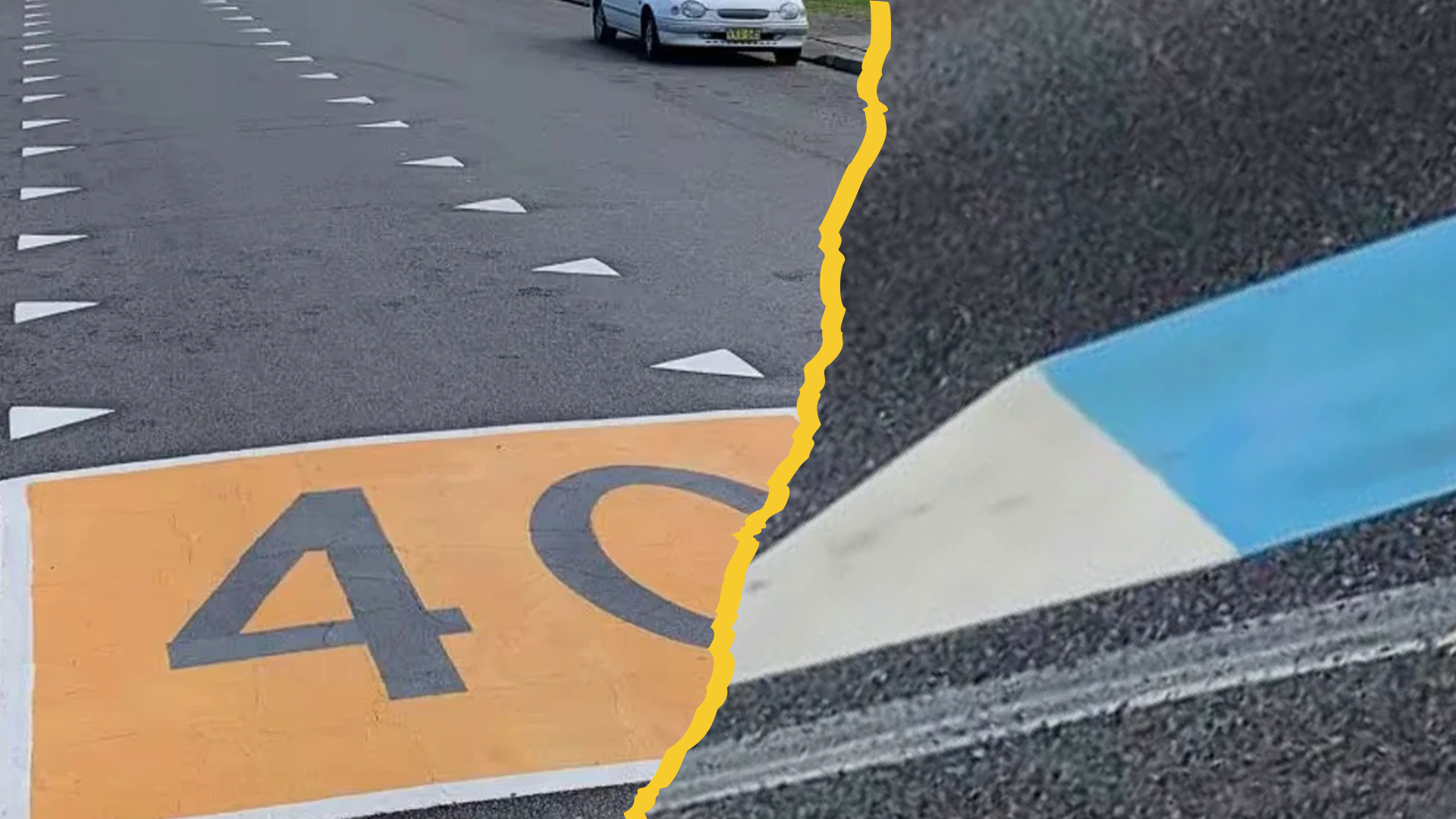
What Are 3D Road Markings?
Dragon’s teeth markings consist of painted triangles arranged in pairs along the edge of the road. Their 3D illusion effect creates a narrowing visual cue, signaling drivers to reduce speed when entering school zones or high-risk pedestrian areas.
These markings are already used in NSW and Victoria, where they reinforce 40 km/h speed zones and improve driver awareness in critical areas.
Why Are They Being Introduced?
The rising road toll in Australia has prompted authorities to explore new safety measures. In 2024, 1,300 people lost their lives on Australian roads, marking the highest road fatality rate since 2012.
Authorities believe 3D road markings can:
- Increase driver awareness of speed zones.
- Reduce speeding incidents in school areas.
- Enhance pedestrian safety by slowing traffic near crossings.
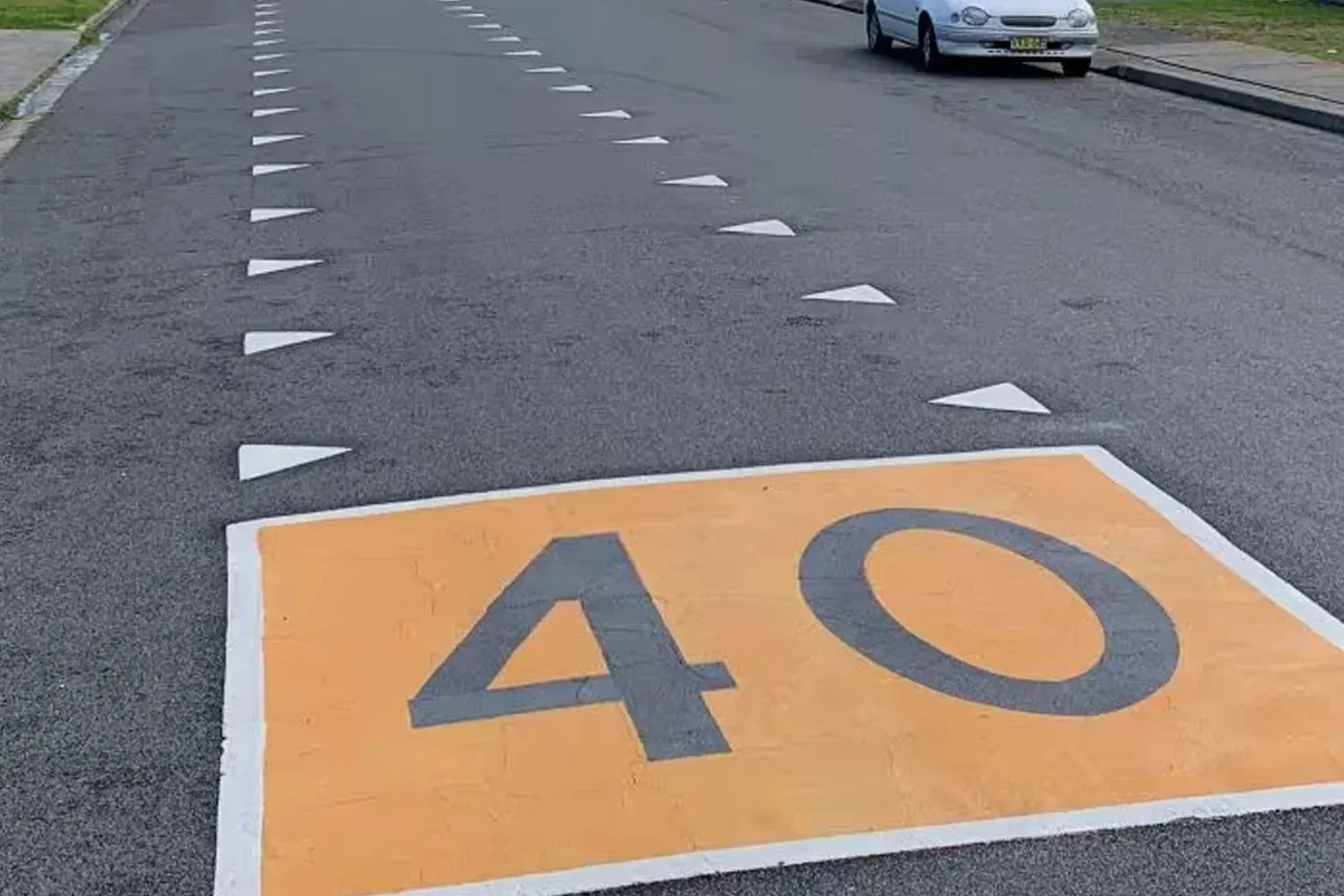
Mixed Reactions from Drivers
Public response to the new markings has been divided, with some praising them as an effective safety measure while others question their necessity. Some drivers argue that painting speed limits directly on roads would be more effective than adding new symbols.
However, early research suggests that visual illusions like dragon’s teeth successfully slow drivers down, making roads safer for pedestrians and cyclists.
Will 3D Road Markings Expand Across Australia?
With Victoria and NSW already using similar markings, it’s likely other states will follow SA’s lead if results prove successful.
Do you think 3D road markings will make a difference in reducing speeding? Let us know your thoughts!
